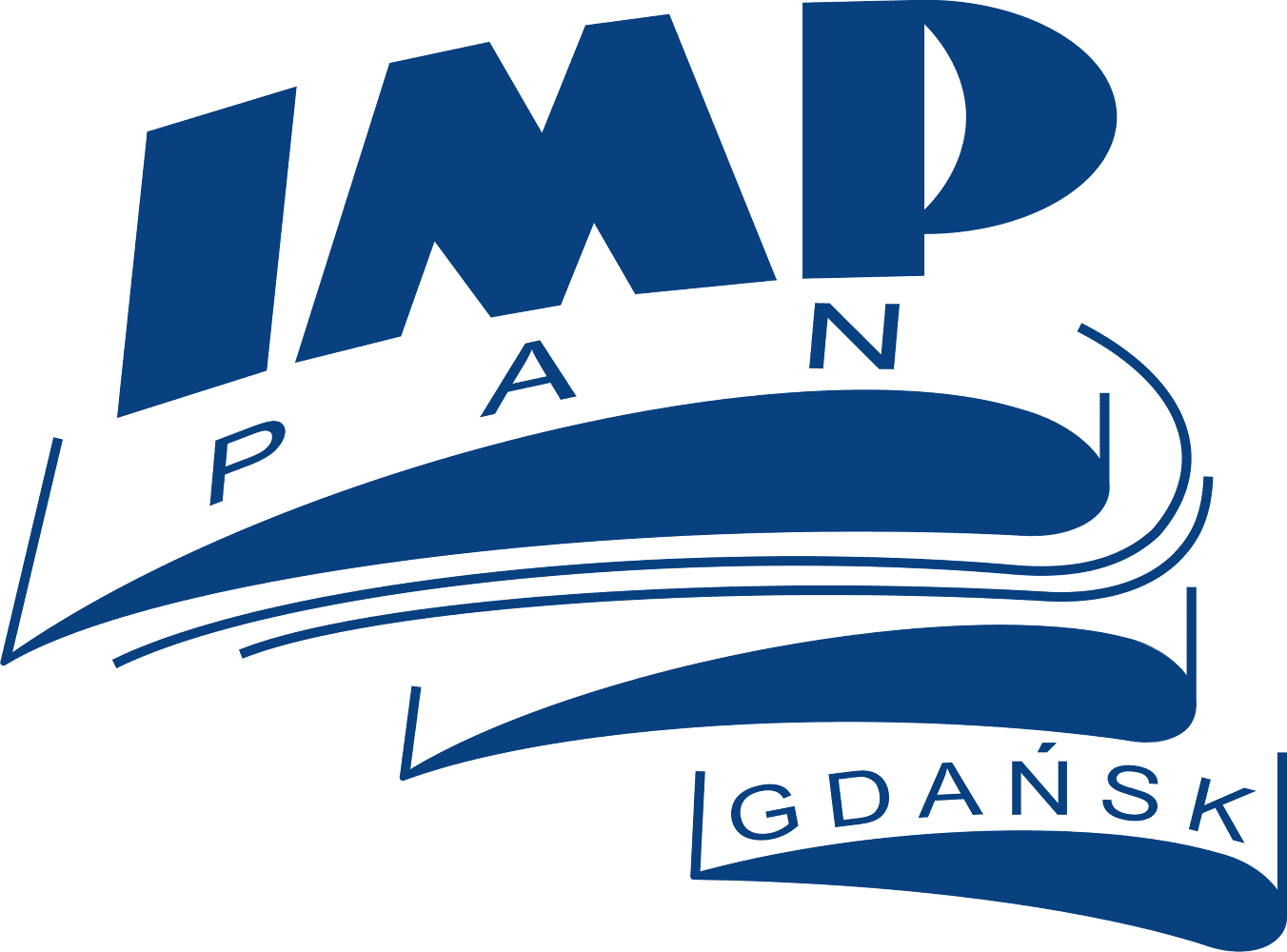- Home
- About the institute
- Research Centres
- Service Departments
- News
- Contact
- Home
- About the institute
- Research Centres
- Service Departments
- News
- Contact
RESEARCH INFRASTRUCTURE
1. Machine Vibrodiagnostics Laboratory
The following test rigs are included in the laboratory equipment:
- Test rig for testing rotors supported by slide or rolling bearings (Fig. 1),
- Test rig for testing small-volume rotors with rolling bearings,
- Test rig for testing high-speed foil bearings (Fig. 2),
- Universal test rig used to determine the friction torque and power of rotating systems.
The test rigs enable testing of various types of rotating systems within a broad range. This includes tests conducted on undamaged systems (referred to as the 'base case') as well as tests performed after introducing various kinds of defects, such as misalignment, unbalance, rubbing, bearing failures and rotor bending.
Fig. 1. Test rig for testing rotors supported by slide or rolling bearings.
Fig. 2. Test rig for testing high-speed foil bearings.
The Machine Vibrodiagnostics Laboratory is equipped with the following test apparatus:
- multi-channel data acquisition hardware: LMS SCADAS Mobile with a set of sensors and Test.Lab software, an effective tool for conducting experimental investigations of rotor dynamics or modal analysis,
- wide frequency range vibration exciters and an impulse hammer,
- a very accurate, two-plane balancing machine capable of balancing rotors up to 15 kg in weight and 500 mm in length,
- four-channel, portable machinery health analyzer: Emerson CSI 2140,
- two-channel vibration meter and analyzer allowing for field balancing: Diamond 401AXT,
- sound and vibration analyzer: Norsonic Nor140,
- laser-based shaft alignment device: Pruftechnik Shaftalign OS3,
- thermal imaging camera: Flir E50 with a wide-angle lens, reflected ambient temperature & emissivity correction, and a moisture meter produced by Extech.
In addition to the above-mentioned test apparatus, the department has at its disposal several multiprocessor workstations together with CAD/CAE software (e.g. Autodesk Inventor, Abaqus, Ansys, Madyn 2000, Matlab).
2. Micro CHP Power Plant Laboratory
The Department's employees were involved in the construction of the Micro CHP Power Plant Laboratory, which was co-financed by EU funds as part of the Innovative Economy Operational Programme. The laboratory conducts research on small cogenerative systems and various types of fluid-flow machinery, including steam microturbines and expanders.
The following test rigs are part of the laboratory's equipment:
- Prototypical ORC-based CHP micro power plant (Fig. 3),
- Test rig for testing heat exchangers (Fig. 4),
- Test rig for testing ORC-based turbogenerators (Fig. 4),
- Test rig for testing pumps handling low-boiling media,
- Test rig for testing different variants of steam microturbines or expanders (Fig. 5).
The laboratory is eqipped with modern instruments, including multi-channel data acquisition hardware built on the NI PXI and CompactRIO platforms, a portable thermal imaging camera FLIR 650sc and Protec P3000 – an instrument for detecting leaks at a considerable distance from the pipeline.
Fig. 3: Prototypical ORC-based micro CHP power plant.
Fig. 4: Test rig – heat exchangers coupled with ORC turbogenerators.
Fig. 5: Hermetically sealed, high-speed steam microturbine with an electric power output of 3 kW.
3. Rapid Prototyping Laboratory
In addition to the above-mentioned test apparatus, the department has at its disposal several multiprocessor workstations. The Rapid Prototyping Laboratory was established within the institute’s building and currently operates under the Department of Turbine Dynamics and Diagnostics. It plays an important role in the development of commercially usable prototypes of both single components and the machine as a whole. We own two 3D printers: ProJet HD 3500 Max (Fig. 6) and the CubeX, along with CAD/CAE software (e.g., Autodesk Inventor, Abaqus, Ansys, Madyn 2000, Matlab).
Fig. 6: 3D printers
The first printer allows the creation of functional models of machine components, operating with layers as thick as 16 μm. Consequently, it is possible to achieve the performance of machine components (e.g., the blade system of a microturbine), enabling further testing, for example, on test rigs, in wind tunnels, or as replacements for machine elements.
4. A set of test rigs for testing microrotors and microbearings, located on the premises of the Research Centre of the Polish Academy of Sciences in Jabłonna near Warsaw
The main elements of the laboratory equipment are as follows:
- Test rig for testing gas microturbines
- Test rig for testing Stirling engines
- Test rig for testing steam microturbines
- Test rig for testing electric power generators
- Universal test rig for testing rotating systems
- Accurate balancing machines for rotors, especially designed for high-speed balancing
- Multi-channel measurement system built on NI CompactRIO platform
- Digital high-speed camera (up to 1.0 million frames per second) along with software capable of advanced image processing and performing motion analysis
- Portable devices for carrying out technical condition assessments of machinery
- Laser-based shaft alignment device























